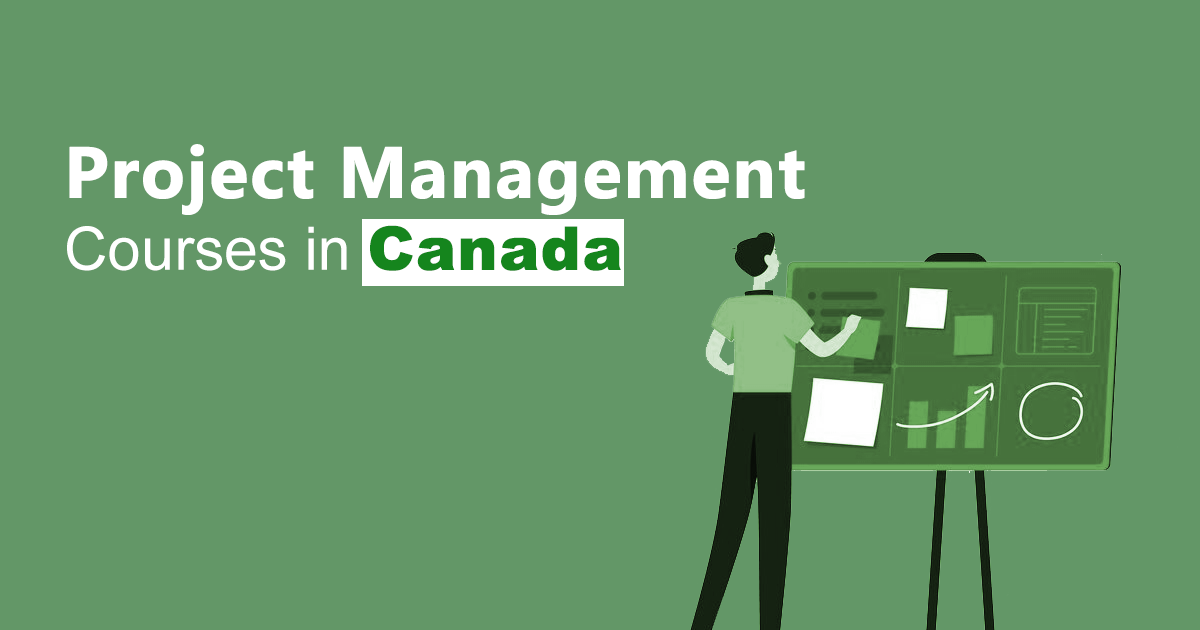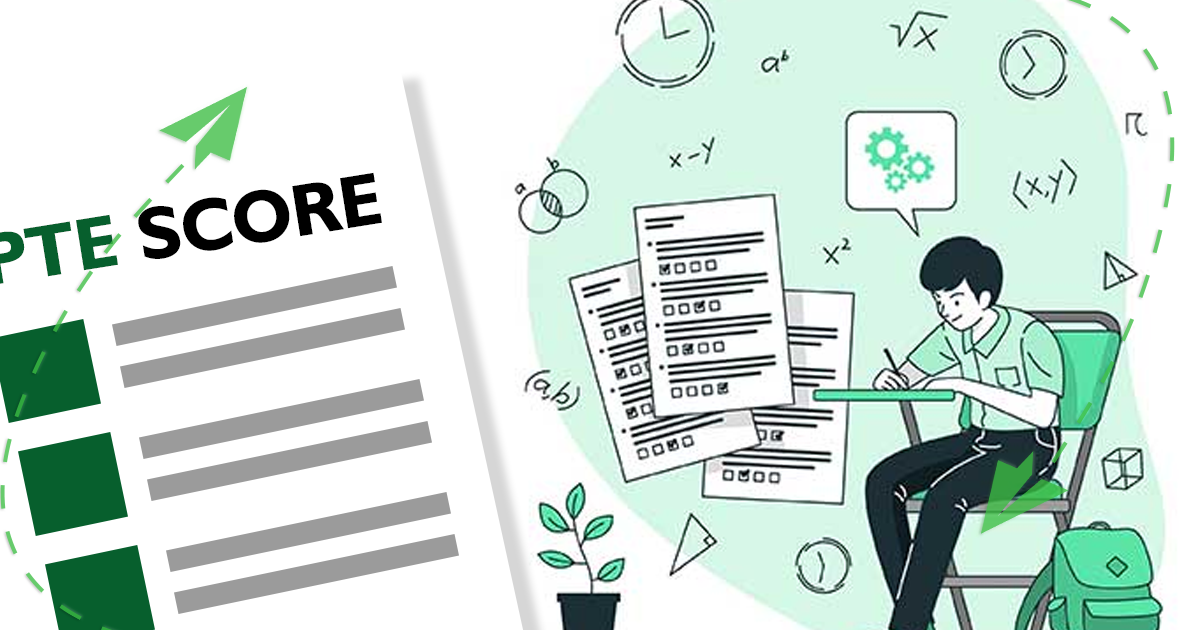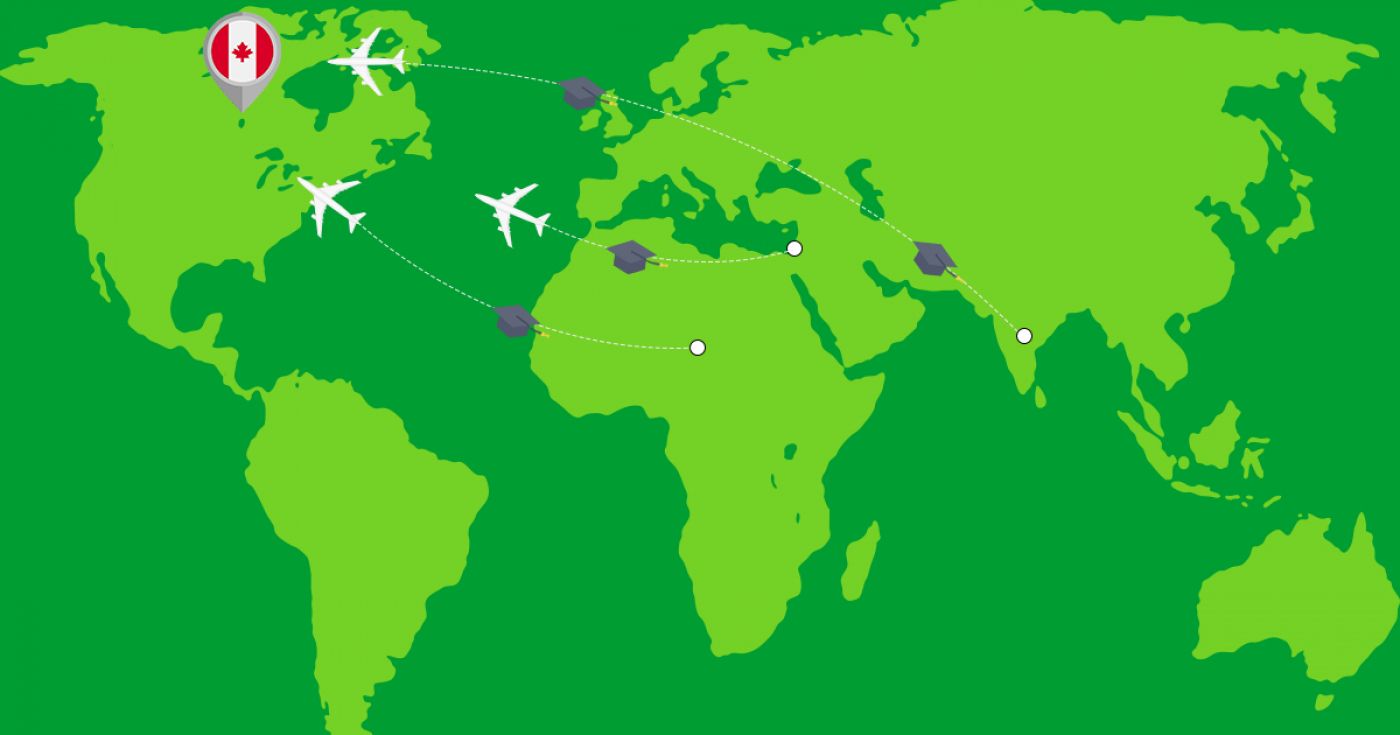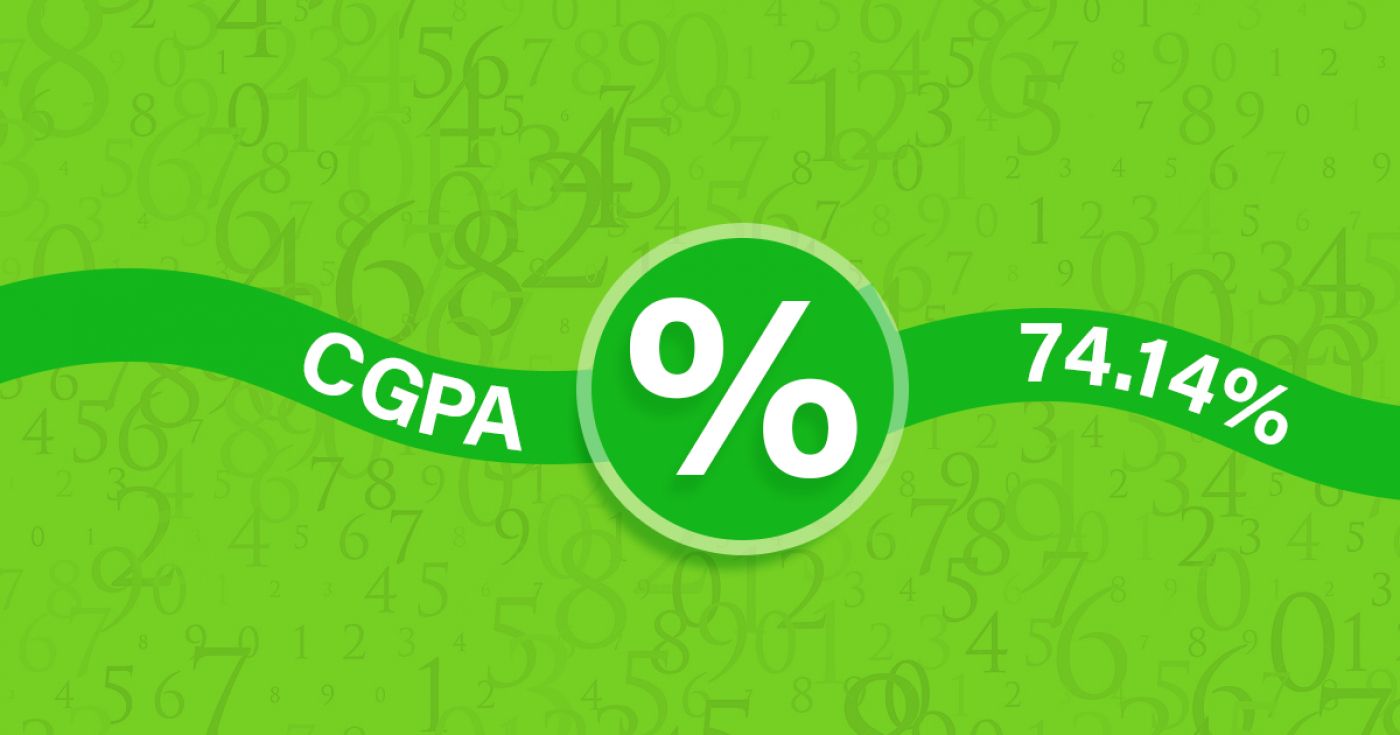Diploma in Mechanical Engineering Technician
at Humber College North Campus Canada
Overview
Humber’s Mechanical Engineering Technician diploma program gives you a thorough knowledge of materials and mechanical solutions for designing and manufacturing mechanical parts and assemblies. You will learn in Humber’s state-of-the-art labs, offering you the practical experience you need to succeed. Courses focus on:
- Engineering drawings/calculations
- Mechanical operations
- Programming of computer numerical control (CNC) machine tools using computer-aided manufacturing (CAM) software – Mastercam
- Applying design principles and practices
- Design and manufacturing process problems
- Learning 2D computer-aided design (CAD) software – AutoCAD, 3D CAD software – SolidWorks
The curriculum includes courses in solids mechanics, mechanical design, hydraulics, pneumatics, programmable logic controllers (PLCs), manufacturing and management. You will be able to develop the manufacturing procedures to produce mechanical components.
Begin a career designing and manufacturing with our Mechanical Engineering Technician diploma. According to the Canadian Government’s Working in Canada website, the outlook for jobs in this field is positive. “Due to a concentration of employers such as power plants, large automotive manufacturers and other transportation and goods manufacturers, openings for mechanical engineers should remain steady,” says the report. “Job openings in this field should arise from the creation of new power facilities and production increases in the transportation equipment manufacturing, including aircraft.” Graduates find employment in areas related to mechanical design, production, testing, consulting and service industries, as well as in machine tool sales and service departments. Demand is growing for graduates in fields related to the sustainable economy and in consulting engineering particularly for companies engaged in infrastructure projects.
30
Application Processing Days
Under Graduate
Program Level
Fact & Figures
Full Time On Campus
Study Mode
24
Duration
Humber College North Campus
Location
Diploma in Mechanical Engineering Technician Assistant Fee
$16414
Tuition Fee
$12000
Average Cost of Living
$75
Application Fee
Diploma in Mechanical Engineering Technician Admissions Requirements
- Minimum Level of Education Required: To be accepted into this program, applicants must have Grade 12 / High School Diploma or equivalent including the following required course(s):-
- Grade 12 English (ENG4C or ENG4U or equivalent)
- Grade 12 Mathematics (MCT4C, MDM4U, MCB4U, MGA4U, MCV4U or MHF4U - MAP4C is acceptable at 81 per cent or higher) or equivalent
- Two Grade 11 or Grade 12 C, M or U courses in addition to those listed above

Get superfast admissions at top Diploma in Mechanical Engineering Technician institutes in 2024
Benefits of choosing
➤Admission’s guaranteed at Top institutes across the world.
➤Enjoy exclusive application fee waiver’s with Edmissions.
➤Unlimited FREE Counselling sessions with Edmission’s
Experts
➤Get Tips from industry veterans to crack the IELTS exam in 1
week.
➤Assistance with scholarships, loans, forex, student accommodation and visa guidance.
Work Permit Canada
Students who wish to work in Canada require a work permit to do so. A student in Canada can work part-time during the course of his studies and full-time during holidays and semester breaks and post the completion of their course/program.
Rules for getting a part-time work visa in Canada
You can also work part-time on campus at your university.
Work Permit
Duration
Your part-time work permit will be valid for as long as you have a valid study permit.
Working Hours
20 Hours/Week
As a full-time student, you can work for a maximum of 20 hours a week. However, you can work full- time during holidays and breaks.
Document Required to Work in Canada
List
To apply for a work permit, you will need a study permit that mentions that you are allowed to work part-time on campus.
Social Insurance Number
Study Permit
You will need a Social Insurance Number (SIN) to Service Canada. if you wish to work in Canada during the course of your studies. To apply for the same, you need a valid study permit, and you should be a full- time student at a recognized university.

You can work part-time off-campus if you are studying in the Quebec province.
Duration of Work Permit Canada
Your part-time work permit will be valid for as long as you have a valid study permit.
Work Hours Canada
As a full-time student, you can work for a maximum of 20 hours a week. However, you can work full- time during holidays and breaks.
Document Required to Work in Canada
To apply for a work permit, you will need a study permit that mentions that you are allowed to work part-time on campus.
Social Insurance Number
You will need a Social Insurance Number (SIN) to Service Canada if you wish to work in Canada during the course of your studies. To apply for the same, you need a valid study permit, and you should be a full- time student at a recognized university.
Working after completing your course
In Canada, you will need a work permit to get a full-time job in Canada after finishing your studies. You chose a work permit like the Post-Graduation Work Permit (PGWP) if you wish to stay back in Canada and work full-time.
Visit Government of Canada Website for more detail
Post-Graduation Work Permit (PGWP)
The Post- Graduation Work Permit (PGWP) allows you to work for three years in Canada if you have completed a two years degree or more.
Application
how can i apply
You can either apply online or download the form and mail the application along with the required documents. Pay your fee and then wait for the decision to come.
Application Documents Required
List
To apply for the work visa, you need a degree from a recognized and accredited Canadian University along with an intention to stay and work in Canada only temporarily.
When to Apply?
One can apply for the full-time work permit in the first three months post the completion of their course during which the study permit is still valid.
How long does it take?
90 days
You will have to wait for 90 days for the decision on your work permit.
Duration
3 Years
The work permit is valid for 3 years if you have completed a two years degree program or more.
Fees
CAD 255
The fee for the work permit is CAD 255 plus the holder fee and the work permit processing fee.
Monthly Wages
CAD 1,600
An applicant is guaranteed a minimum salary of CAD 1,600 per month while working in Canada. This amount though varies on the job and the province you are working in.
Work Hours Canada
No Limit
There is no maximum limit, and you can work for as many hours as you want on the full-time work permit.

Required Documents
List
To apply for the work visa, you will need the following documents:
- Forms: IMM 5710, IMM 5476 and IMM 5475;
- Graduation Proof
- Proof of payment of work permit fees
- Copies of your travel and identification documents, passport pages and current immigration document.
Till a decision is made on your work visa, you can continue to work full time. All you need to have is your completed degree, should have applied for the permit before the expiry of your study permit and you should be allowed to work off-campus.
Information
Disclaimer
The information provided about the work permit is true and complete to the best of our knowledge. All recommendations are made without any guarantee on the part of the author or the publisher. The author and the publisher, therefore, disclaim any liability in connection to and with the use of this information.
Detailed Program and Facts
30
Application Processing Days
Full Time On Campus
Program Intensity
Under Graduate
Program Level
24
Duration
Study Visa
Student Visa For Canada
Any student who wishes to study in Canada requires a student visa. Some of the essential information for the application process is given below.
When Should I Apply?
4 to 6 months
Ideally, one should apply for the study permit at least 4 to 6 months before the commencement of your course/program.
Bank Account
No Need!
There is no need for a blocked bank account to apply for a student visa to Canada.
Duration of visa
Course Duration + 3 Months
The student visa is valid for the entire period of your course plus three months.
Time to Wait for Visa
35 Days
It takes time. It might take up to 35 days post your interview for the application process to complete and for you to finally receive your visa.
Appointment
Required
It varies from applicant to applicant, but one may have to take part in one or two visa appointments, namely a medical examination and a visa interview.
How you can apply
Application Process
An applicant can either apply online or offline by visiting a visa application centre and submitting their documents. After the analysis of your application, you might be called for an interview.
Fee
Visa Fee
The visa application fee for Canada is CAD 150.
Minimum Funds
833 CAD, 917 CAD
You require a minimum monthly amount to be deposited into your account to prove that you can sustain yourself while studying in Canada. If you are studying in Quebec, you need to have a monthly minimum of CAD 917, and if you are studying in a province except for Quebec, you need to have a minimum of CAD 833 per month.
Any other expenses
Required
You will have to pay a medical examination fee and a visa application service fee to the tune of CAD 15 if you visit a visa application centre to apply for your visa.

Medical Examination
Required
One has to undergo a series of medical examinations to be deemed fit for a student visa of Canada. The tests mostly include blood and urine tests, chest x-rays and other organ checkups.
Language Skills
Not Required
one doesn’t need to prove their language skills in applying for a Canadian Visa.
Disclaimer: The information provided about the work permit is true and complete to the best of our knowledge. All recommendations are made without any guarantee on the part of the author or the publisher. The author and the publisher, therefore, disclaim any liability in connection to and with the use of this information.
Other Courses by Humber College North Campus,Canada
Hospitality, Tourism, Wellness Leisure & Sports
Diploma in Hospitality - Event Management
Humber’s Hospitality - Event Management diploma program offers you the knowledge, practical experience, industry exposure and professional certification necessary to embark on an exciting and successful career as an event planning professional.
Our program provides comprehensive learning and training opportunities aimed at assisting students prepare for and transition to valued positions in the event industry including:
- On-site event management experience
- Guest lectures from industry professionals
- Field trips to local events and elite GTA event venues
- Networking at industry conferences
- Case studies to broaden knowledge of planning events locally, nationally and internationally
In the first semester of the program, you get immediate experience on campus working at a high profile event. And for the next two years, you will be thoroughly immersed in the world of special events via networking, volunteering and event execution opportunities. Students will be working in The Humber Room restaurant live lab for a full semester. Essential skills will be taught to prepare students for many different types of events.
Work Placement
Work experience is integral to developing a diverse and successful career in the event management profession. In this program, you will participate in a comprehensive seven-week work placement experience (280 hours) in your final semester before graduation. While on work placement, you will apply the knowledge and skills you have learned in the classroom to real event work in the field, network, and develop professional connections and relationships you will carry with you throughout your career.
24 month
Duration
$ 16414
Tuition
Hospitality, Tourism, Wellness Leisure & Sports
Certificate of Culinary Skills
From the business side of hospitality, to à la carte cuisine, Humber’s Culinary Skills certificate program prepares you for a career as a professional chef. Gain theoretical and practical skills while learning in cutting-edge labs and real-world settings with the latest kitchen technology and equipment.
Many graduates of this one-year program continue on for another year and complete the Culinary Management diploma program or enter our Cook Apprenticeship program.
Students also have the opportunity to experience preparing meals on the Humber Food Truck, Humber’s classroom on wheels. A fast-track program is implemented for the January start. The first semester (January to April) is immediately followed by the second semester (May to August).
The curriculum for this program is similar to the first year of the Culinary Management program. This allows students to transition into the Culinary Management program after the first semester or at the end of the second semester with bridging courses. Alternatively, students are able to move into the Cook Apprenticeship program providing they have an eligible employer.
12 month
Duration
$ 16394
Tuition
Skilled Trades
Certificate in Plumbing Techniques
Humber’s Plumbing Techniques certificate program is a comprehensive introduction to the trade. You will learn the basics of plumbing including theory, code and blueprints, as well as gain significant hands-on experience. Upon completion of this program, you will have the skills necessary to pursue a career in the plumbing trade.
Water, waste and sewage systems – hallmarks of urban living – require high-level skills to design, install and maintain. In the Plumbing Techniques certificate program, you’ll be introduced to the skills necessary to begin your career as a plumber. Graduates of this program may find a range of career opportunities including apprenticeship, construction industry work, green energy initiatives, and municipal water and sewage treatment. According to BuildForce Canada, an estimated 248,000 construction workers are expected to retire over the next decade. This demographic trend represents as significant loss of skilled workers that will require new workers to replace them. Given this potential shortage, as well as the boom in construction across the country, individuals with plumbing skills are projected to have an advantage in the job market.
12 month
Duration
$ 16414
Tuition
Hospitality, Tourism, Wellness Leisure & Sports
Diploma in Culinary Management
Humber’s Culinary Management diploma program teaches you the skills you need to excel as a chef in the culinary industry. Work in the world’s finest dining establishments, and take advantage of international study opportunities. Kick your career up a notch by competing in on-campus, national and international skill competitions.
This program will also prepare you to to design, organize, implement, serve and execute your own dinner event in the “Chef's Table” course. Using a market-related themed menu, mise en place and à la carte cooking, students will showcase classical and contemporary techniques and skill. The Charcuterie and Advanced Garde Manger courses involve students using contemporary level food presentation, styling techniques and becoming proficient with various butchery processes on a wide range of meats. The Emerging Trends course is unique among Ontario colleges, providing students with the opportunity to work alongside local guest chefs. Students also have the opportunity to experience preparing meals on the Humber Food Truck, Humber’s classroom on wheels. In addition, students work alongside some of the country’s best chefs. Students receive unmatched time spent with several leading chefs about what’s happening in today’s restaurant scene and food industry.
Note: A fast-track program is implemented for the January start. The first semester (January to April) is immediately followed by the second semester (May to August), resulting in a short summer break. The third semester begins in September, allowing students to complete the two-year program in just 16 months.
Qualified students will complete work placements in the kitchen of a leading hotel, restaurant or golf course of their choice for seven unpaid weeks in the fourth semester (40 hours per week). Students are also able to apply for placements across Canada and internationally, which has jumpstarted many successful careers.
The demand for passionate, well-trained chefs around the world is constant, and with more than 7,000 restaurants reflecting a wide variety of cultures and cuisines, Toronto is the ideal place to launch your culinary career. The creative culinary and management skills you’ll gain at Humber will put you in high demand in hotels, restaurants, golf clubs, resorts, hospitals, corporate settings and more. If you have an entrepreneurial spirit, you’ll be inspired by the potential to start your own business in the future. Food service is a constantly evolving industry that has never been more in the spotlight, and culinary management at Humber is your gateway.
24 month
Duration
$ 16394
Tuition
Creative Arts & Design
Diploma in Interior Decorating
Humber’s Interior Decorating diploma program combines essential creative and practical elements with insights into current design trends.
- Cultivate your creative abilities using the principles and elements of design.
- Hone your artistic talent and develop your professional skills to launch your career.
- Learn how to design, plan, detail and create unique spatial concepts for residential environments as an interior decorator.
- Explore and ideate clients’ needs and passions, then use them to transform their living/work space.
- Discover and implement unique trends for kitchen and bath solutions
You will learn from practising professional experts in our design studios. The studio curriculum provides hands-on experience and training using market-specific materials and trends. Guest speakers, trade shows, field trips and out-of-country adventure opportunities await you. Using the latest in technology software programs, you will explore the world of design and discover furniture, finishes, textiles, objects d’art and essential elements that evolve into unique and extraordinary living spaces.
Our program will complement your creative and technical expertise with essential business training in how to run your own enterprise and manage your own projects. You will learn how to understand specifications and how to communicate design ideas effectively to a real client. Round out your interior decorating education with instruction in mechanical, electrical, plumbing services and building methods including residential finishes, computer drafting, sketching interiors and digital communications.
The interior decorating program offers an optional work placement to all students who choose to enrol in this opportunity. The work placement requirement is a minimum of 240 hours, following Semester 2. Students who enrol in January have a slightly modified option to gain the mandatory hours.
Interior decorators work with clients and consult on programming through to installation phases. Components selection encompasses style, colour schemes, space plan layouts, elevations perspective sketches, lighting, furniture, floor finishes, wall finishes, kitchen and bathroom design, accessories, and many more details. Interior decorators can provide conceptual sketches, computer-aided design and drafting (CADD), generated working drawings, and other design-related essentials to their clients including product specification, as well as cost estimates. Decorators can also choose from other career avenues including window display, event planning, décor magazines, television work, home staging and much more. Humber graduates have gone on to become interior decorating magazine editors-in-chief, featured magazine interior decorators, TV personalities with their own show, guest TV decorators, newspaper feature article leaders, interior decorating business owners, event planners, managers of decorating retail stores, design consultants and buyers to name but a few.
24 month
Duration
$ 17608
Tuition
Public Safety and Legal Studies
Diploma in Law Clerk
Humber’s Law Clerk diploma program provides in-depth training delivered by experienced professionals. Learn from practising lawyers and law clerks who will give you the inside scoop on the current trends and opportunities in the field. As a law clerk, working under the direct supervision of a lawyer, you will be an important part of the team that allows the lawyer to succeed.
Your law clerk education includes courses on contract, tort, real estate, corporate and family law, as well as in litigation, legal research, wills and estates, and more. Your solid knowledge on diverse areas of law, competence in a range of legal and court procedures, and strong written and oral communication skills will make you a valuable team player in the profession.
Work Placement
Students must complete a 120 hour work placement. The unpaid placement is completed during Semester 4. All courses from Semesters 1 to 3 must be completed before enrolling in the field placement in Semester 4. Working with the field placement advisor, students are actively involved in pursuing placement opportunities. In addition, students are expected to market themselves to prospective employers and are free to initiate their own placements.
24 month
Duration
$ 16414
Tuition
Hospitality, Tourism, Wellness Leisure & Sports
Graduate Certificate in Exercise Science and Lifestyle Management
Humber’s Exercise Science and Lifestyle Management graduate certificate program is designed to build on the knowledge you have acquired in your undergraduate degree by providing in-depth, hands-on instruction in the areas of fitness assessment, health and lifestyle counselling, exercise prescription and delivery, health promotion, group exercise leadership, health and fitness management, marketing and entrepreneurship, ergonomic assessment, and functional abilities assessment. Students learn in small groups instructed by expert faculty currently employed in the fitness and health industry.
Our advisory committee provides regular review and input into our curriculum, ensuring our program is always on the cutting edge of industry developments.
Please note that certain courses in the Exercise Science and Lifestyle Management program require students to participate in fitness classes that will involve physical activity, which may at times be vigorous. Questions about fitness classes and accomodations may be directed to the program co-ordinator at [email protected] or at 416.675.6622 ext. 5188.
Work Placement
Experiential learning is an integral part of this program. The program features three unpaid internship courses, two of which take place on campus and the third of which takes place off campus. During the on-campus courses, students provide fitness assessments and testing, physical activity counselling and prescription services to Humber and partner employees as part of the Humber Centre for Healthy Living (Humber CHL). Students have the opportunity to run workshops for the Humber CHL and its partners, as well as providing healthy tips and videos for the Humber CHL website. Throughout the on-campus internship courses, students participate in seminars with their professors and classmates to critically analyze their experiences and develop the skills required for professional work.
The final work placement is a four-week block placement off campus with one of Humber’s industry partners.
12 month
Duration
$ 19997
Tuition
Business & Management
Graduate Certificate in Retirement Home Management
The Canadian Retirement Home (also known as Retirement Communities) industry is made up of multiple private residences within a single dwelling where residents live independently but interact frequently for recreation, meals and common interests. It is important to note that retirement homes are not long-term care or nursing homes where support is provided on a daily basis and residents may be housed in multi-resident spaces. The Canadian Retirement Home industry is expected to double in the next five years as Canada experiences a surge in aging baby boomers. This rapid expansion is creating an industry-wide need for qualified staff and retirement home managers.
Students in the Retirement Home Management Graduate Certificate program will be trained to fill this need by developing foundational skills in the areas of leadership, administration, hospitality, financial management, sales and marketing, health, wellness and recreation, food and nutrition, and human resources management. This program was developed with industry professionals from companies (Verve Senior Living, Chartwell Retirement Residences, Revera Retirement Living and others) of various sizes and scopes within the Retirement Home Management industry.
The program is ideal for students interested in this rapidly growing area, as well as those already working in the senior living industry who want to increase their level of responsibility or progress in their career. The program is also suited to those interested in related industries such as recreation, hospitality, food and beverage, nutrition, and sales.
Work Placement
This program will provide students with the hands-on practical exposure to the retirement home industry and the opportunity to specialize in their chosen area. It consists of a 200 hour placement in an approved retirement community of the student's choice. Students will have an opportunity to observe and learn from experienced professionals in a real-life work setting, while integrating their classroom learning in order to gain required hands on experience. Students have the support of a faculty internship co-ordinator and are able to apply to a variety of retirement communities run by our industry partners. They also have the opportunity to seek an employer for an approved internship. This work placement will take place after the second semester.
12 month
Duration
$ 18048
Tuition
Architecture and Construction
Advanced Diploma in Architectural Technology
Humber’s Architectural Technology advanced diploma program will train you to use your logical and critical thinking skills as you apply architectural technology to construction and building design. You’ll learn from full-time, award-winning professors and licensed architects who bring real-life perspective and valuable industry contacts to you. The curriculum is designed with industry collaboration, ensuring you are learning current and relevant material. In the program, you will learn:
- Computer-aided drawing, building methods and project management using the most current computer programs such as AutoCAD and Revit (Building Information Modelling)
- Construction technologies for materials such as wood frame, steel, masonry and precast concrete, and project management skills
- Hands-on skills including building code, building specifications, estimating, and structural and mechanical knowledge
- Sustainable design skills needed in today’s eco-friendly architectural technology field
Courses include instruction in freehand sketching, history of architecture, renovation and restoration, site planning, and technical communications. Architectural Technology electives include bath and kitchen, interior detailing, building code (legal), small building residential design and more.
Get hands-on experience in the architectural technology industry during an optional architectural field placement. The placement normally takes place from May through August following semester four (minimum 400 hours). Humber provides a range of services to support students including working with business, industry and government to identify work placement opportunities.
Build a strong future for yourself with a career in architectural technology. Building construction continues to grow, and contractors expect the number of skilled laborers to decline, providing a need for new graduates to enter the architectural technology field. Our graduates work:
- In producing design and construction documents for architectural offices
- As project co-ordinators, estimators and project inspectors for contracting firms
- As housing specialists for design firms
- As sales representatives for construction equipment manufacturers
- As building inspectors and plan examiners for municipalities
The rapid growth in construction and building in Toronto and southern Ontario, combined with Humber’s strong reputation in the industry, provides graduates with strong employment opportunities.
36 month
Duration
$ 19615
Tuition
Hospitality, Tourism, Wellness Leisure & Sports
Diploma in Hospitality - Hotel and Restaurant Operations Management
Are you interested in a career that can take you around the world, offering a fast-paced and thrilling environment where you can share your passion for people and incredible service? Then the hospitality industry is for you.
Humber’s Hospitality - Hotel and Restaurant Operations Management diploma program is a leader in hospitality management training. You will develop your business management skills via hands-on learning, theoretical classes and practical labs led by industry experts.
- Enhance your resumé with industry certifications such as service excellence, food safety, responsible alcohol beverage service, and wine and beer knowledge
- Learn state-of-the-art software applications including Silverware, the leading restaurant point-of-sale system and Opera, the premier hotel management system software
- Embark on a 12-week industry placement providing you with on-the-job experience and industry contacts
- Gain valuable instruction and guidance from faculty with extensive industry experience in concepts such as marketing and sales, leadership management, and sustainability
Note:- A fast-track program is implemented for the January start. The first semester (January to April) is immediately followed by the second semester (May to July), resulting in a shorter summer break. The third semester begins in September, allowing students to complete the two-year program in just 16 months.
Work Placement
In fourth semester, students participate in a work placement with a hospitality organization. Our internship co-ordinator provides direction and assistance for each student in securing a placement.
Industry partners who often provide work placements include:
- Cara Operations
- Fairmont Hotels
- Four Seasons Hotels
- Hilton Hotels
- Marriott Hotels
- Oliver & Bonacini Restaurants
- Sir Corp
- Starwood Hotels
24 month
Duration
$ 16414
Tuition
View All Courses by Humber College North Campus, Canada
Top Study Abroad Exams
Popular Universities to Study Abroad
- University of Waterloo
Waterloo
- University Canada West
Vancouver
- University of Windsor
Windsor
- Cape Breton University
Sydney
- Dalhusie University
Halifax
- Carleton University
Ottawa
- University of Ottawa
Ottawa
- University of Guelph
Guelph
- Explore more colleges in Canada
- University of New Haven
West Haven
- Kent State University
Kent
- Wright State University
Dayon
- San Jose State University
West Haven
- Clark University
Worcester
- Rowan University
Glassboro
- Golden Gate University
San Francisco
- Arkansas
San Francisco
- Explore more colleges in USA
- Coventry University
Coventry
- University of Birminghame
Birminghame
- De Montfort University
Leicester
- Cardiff University
Cardiff
- BPP University
London
- University of West London
London
- University of Nottingham
Nottingham
- University of Warwick
Coventry
- Explore more colleges in UK
- Auckland Institute Of Studies
Auckland
- Massey University - Auckland Campus
Albany
- Eastern Institute of Technology - Auckland Campus
Auckland
- NorthTec - Auckland Campus
Auckland
- Massey University - Manawatu Campus
Palmerston North
- University of West London
London
- Wellington Institute of Technology (WelTec) - Petone Campus
Lower Hutt
- Otago Polytechnic - Dunedin Campus
Dunedin
- Explore more colleges in New Zealand
- Chandigarh University
Mohali
- Parul University
Vadodara
- Sharda University
Greater Noida
- Jain University
Bangalore
- Bennett University
Greater Noida
- Lovely Professional University
Phagwara
- Chitkara University
Rajpura
- Brainware University
Kolkata
- Explore more colleges in India
- Abu Dhabi University
Abu Dhabi
- Gulf Medical University
Ajman
- New York University
Abu Dhabi
- Emirates Aviation University
Dubai
- Higher Colleges of Technology
Dubai
- British University in Dubai
Dubai
- Al Ghurair University
Dubai
- American University in the Emirates
Dubai
- Rochester Institute Of Technology Dubai
Dubai
- Emirates Academy of Hospitality Management
Dubai
- American University of Ras Al Khaimah
Ras Al Khaimah
- Explore more colleges in UAE
- Ras Al Khaimah Medical and Health Sciences University
Ras Al Khaimah
Explore Colleges and Courses in Canada
- Arts & Humanities in canada
- Business & Management in canada
- Natural Sciences & Mathematics in canada
- Engineering & Technology in canada
- Computer Science & IT in canada
- Health Sciences, Nursing and Emergency Services in canada
- Social Sciences in canada
- Creative Arts & Design in canada
- Hospitality, Tourism, Wellness Leisure & Sports in canada
- Environmental Studies & Earth Sciences in canada
Latest Blog Posts
Trending Blog Posts
Search, Shortlist, Apply and get accepted! It’s that Simple to pursue your dream to Study abroad with Edmissions. Our team of experts provide you the right guidance that helps you to take admission in your dream college in countries like Canada, the USA, the UK
© 2021-2024 Edmissions - All rights reserved.
TALK TO OUR EXPERTS











